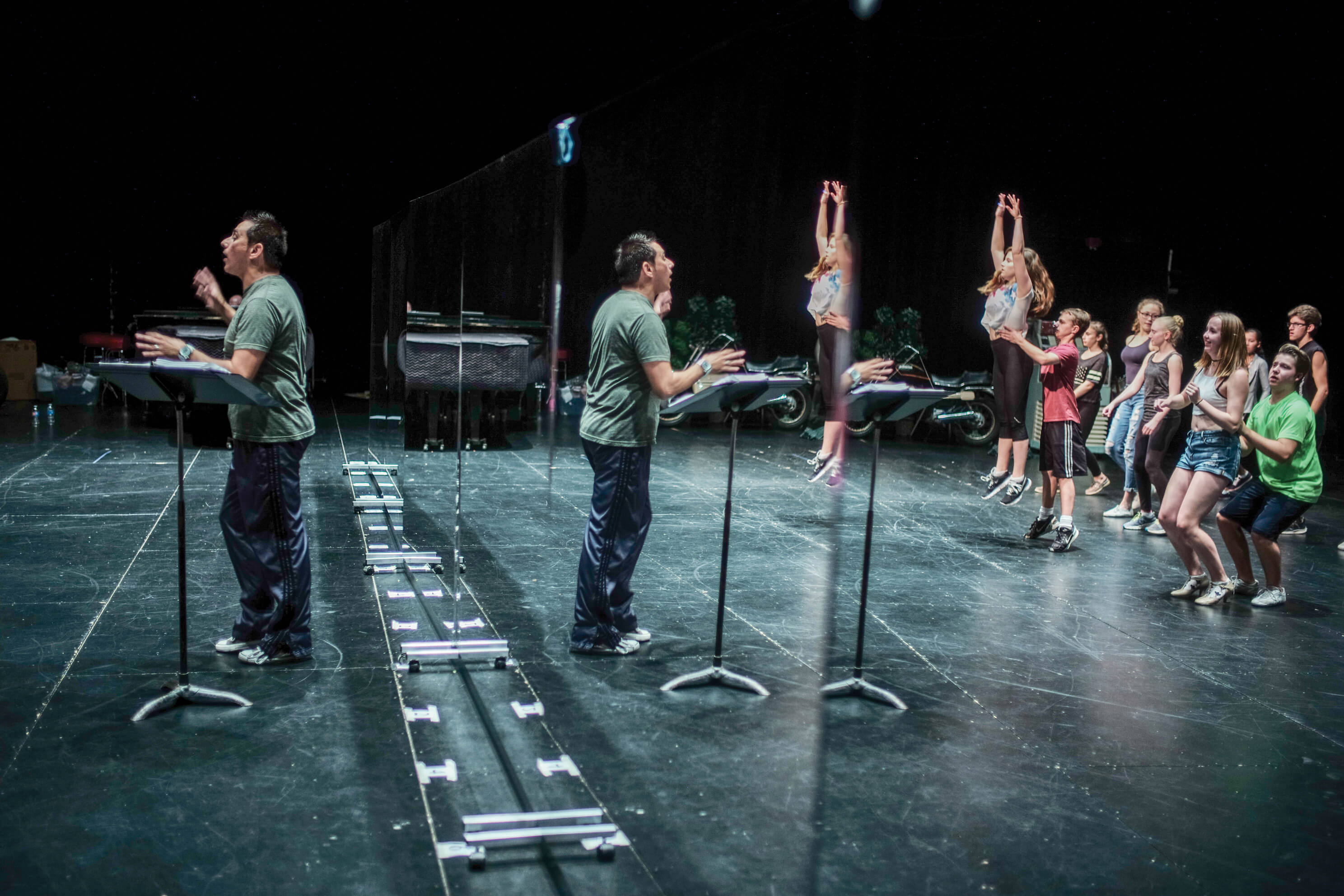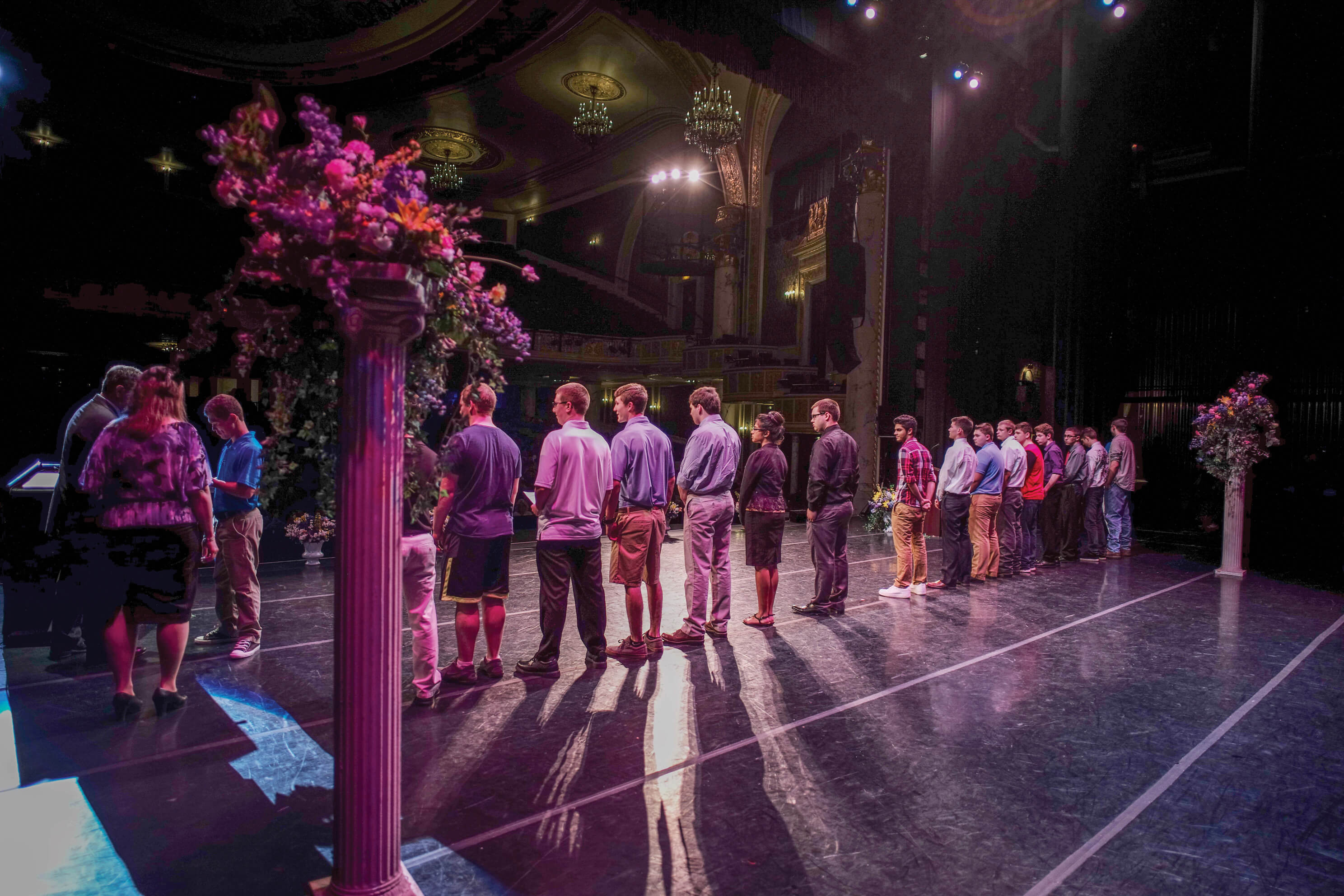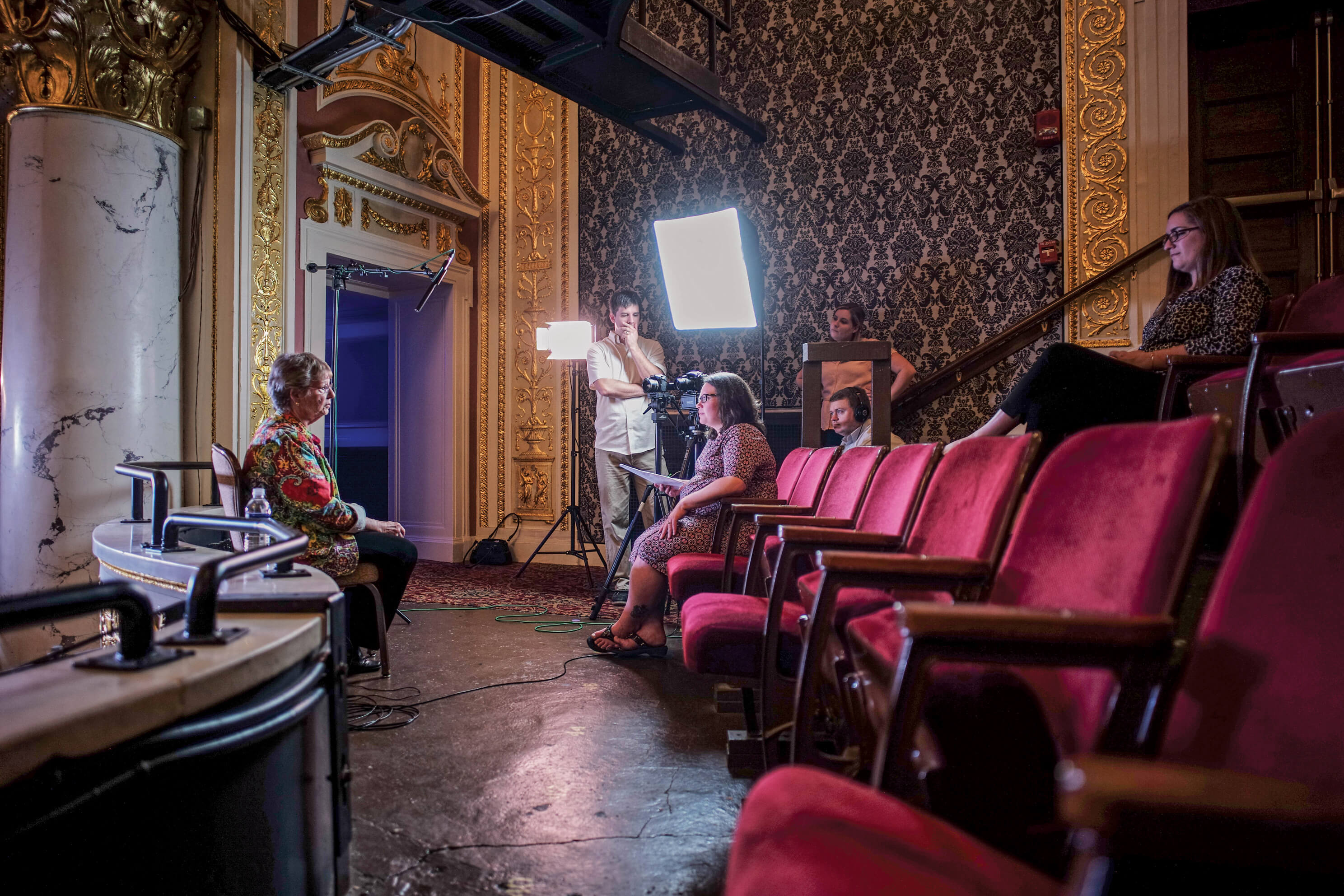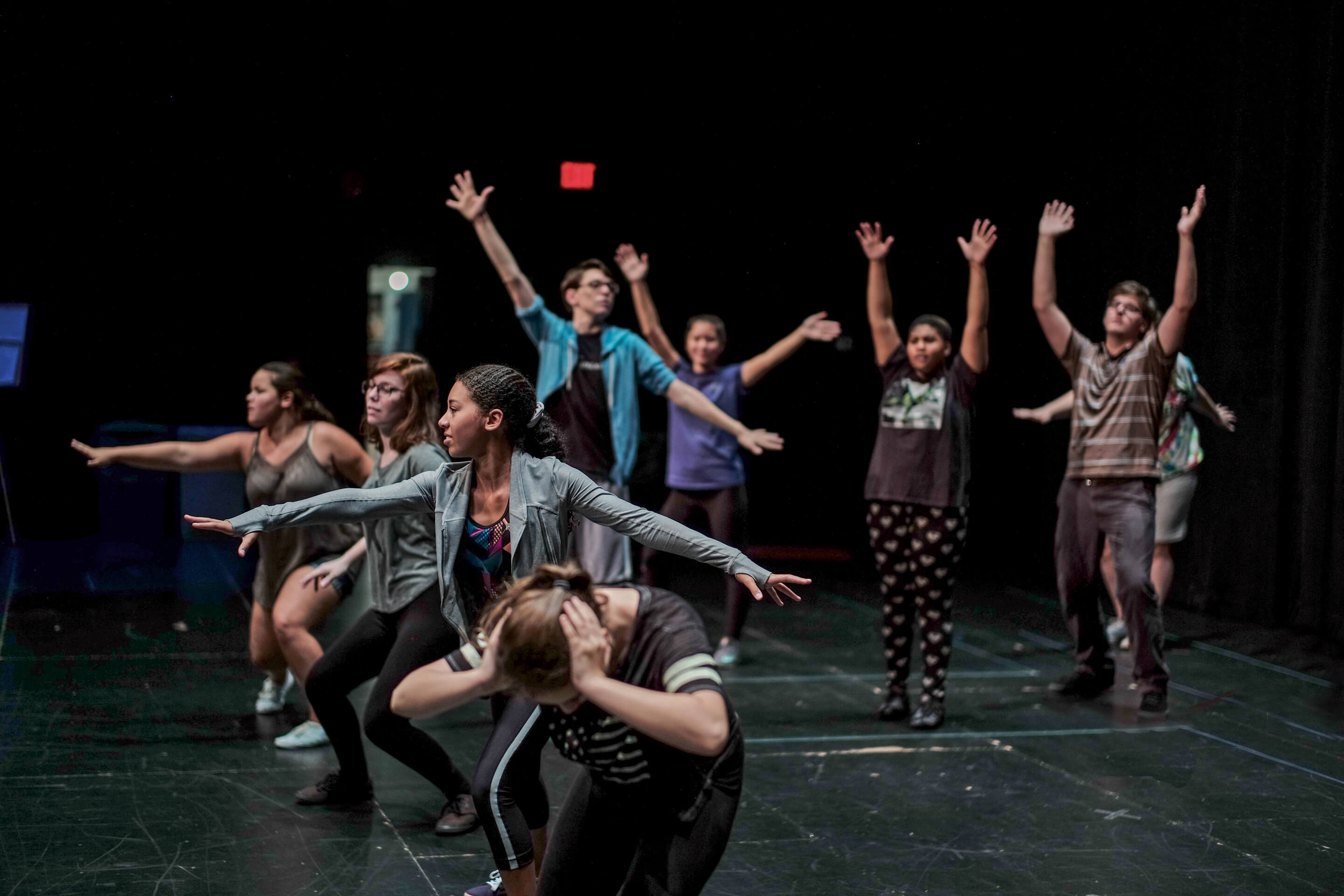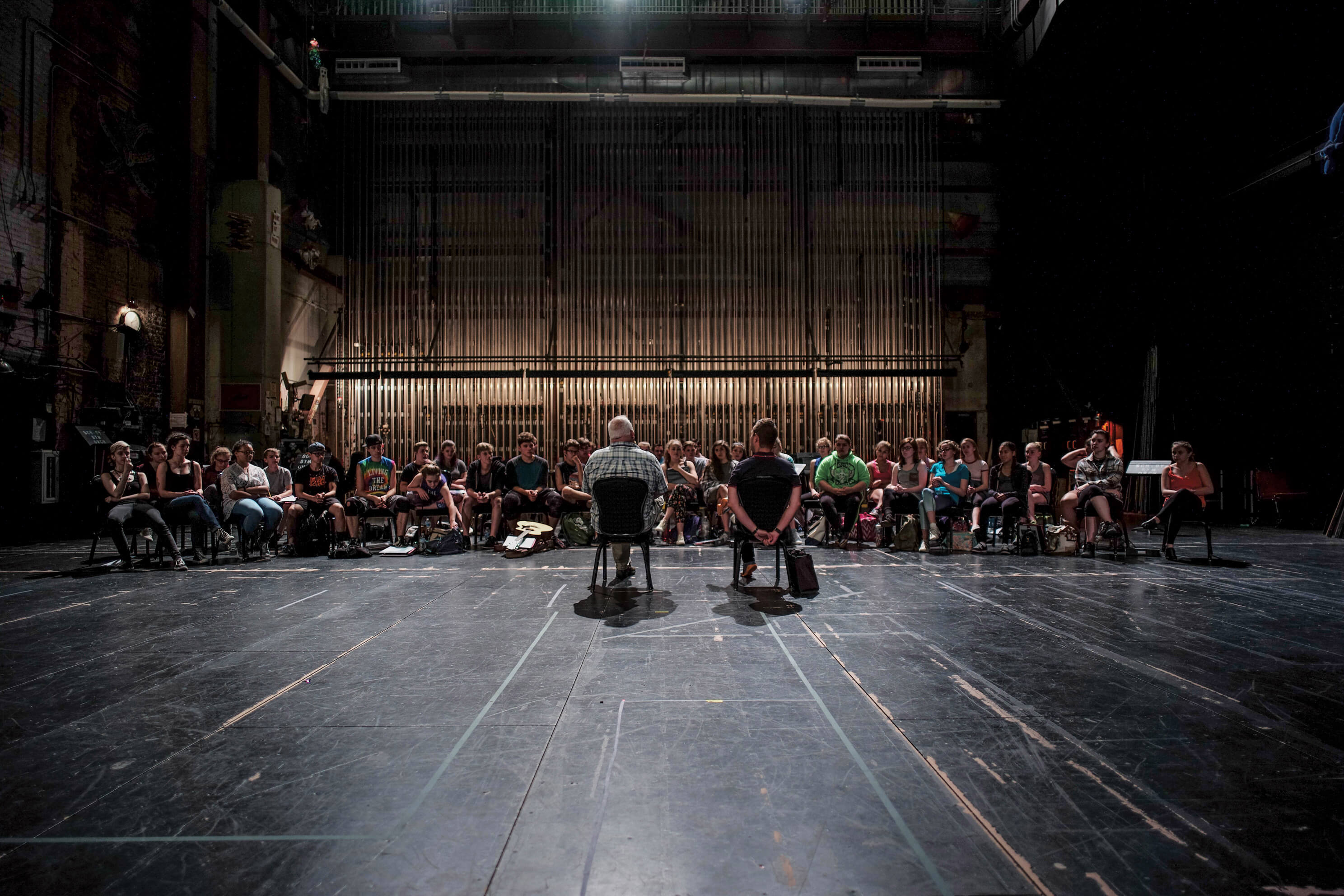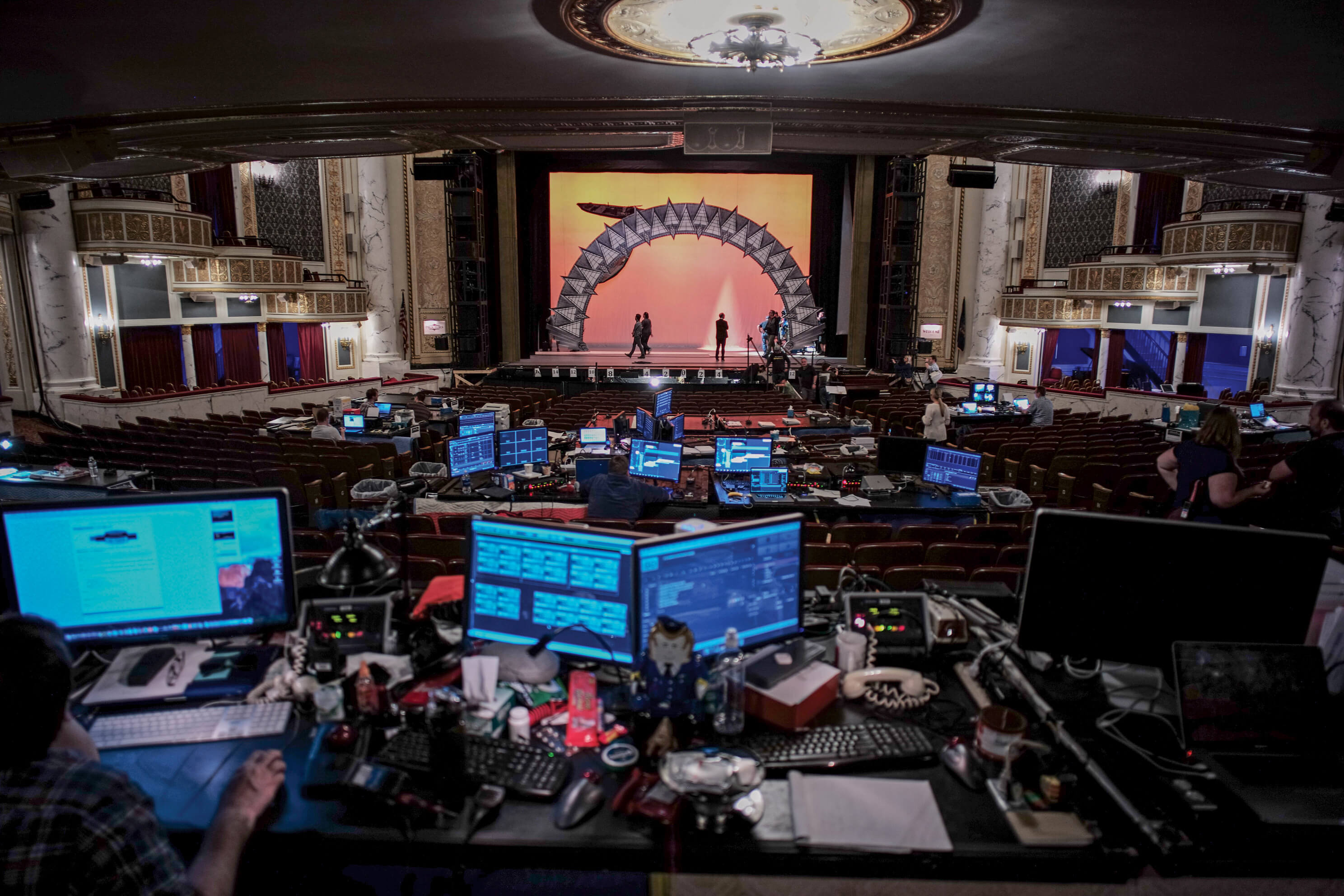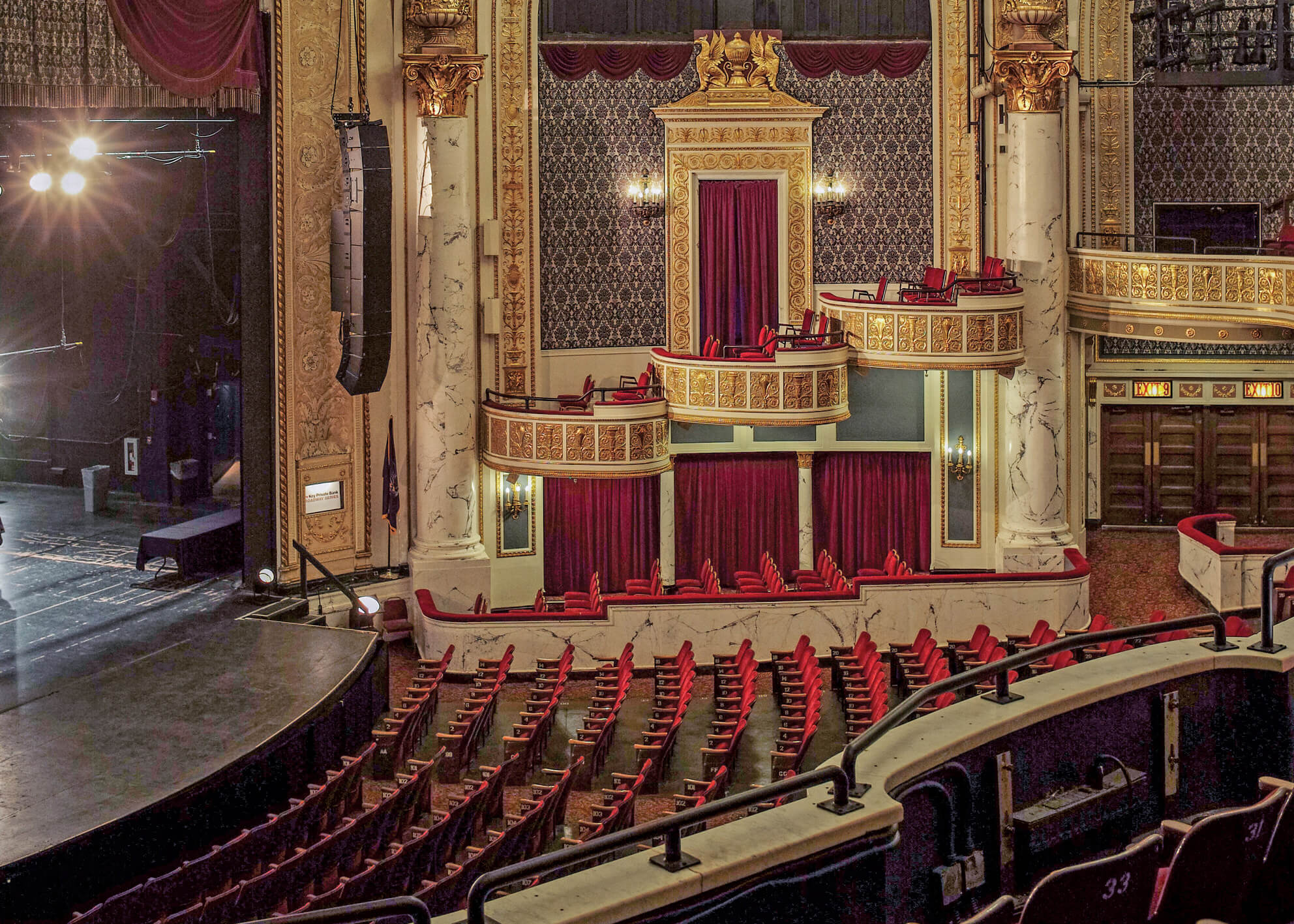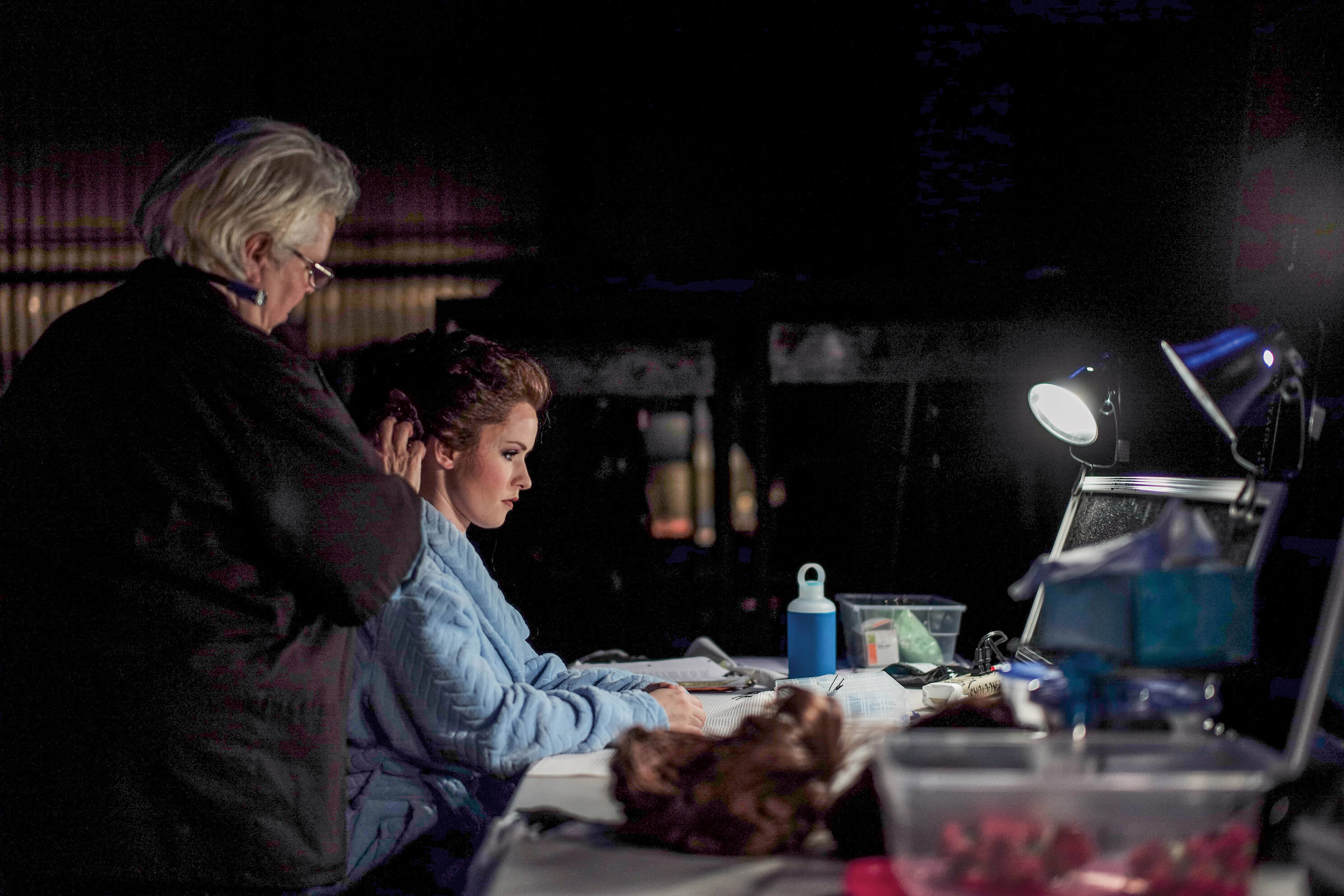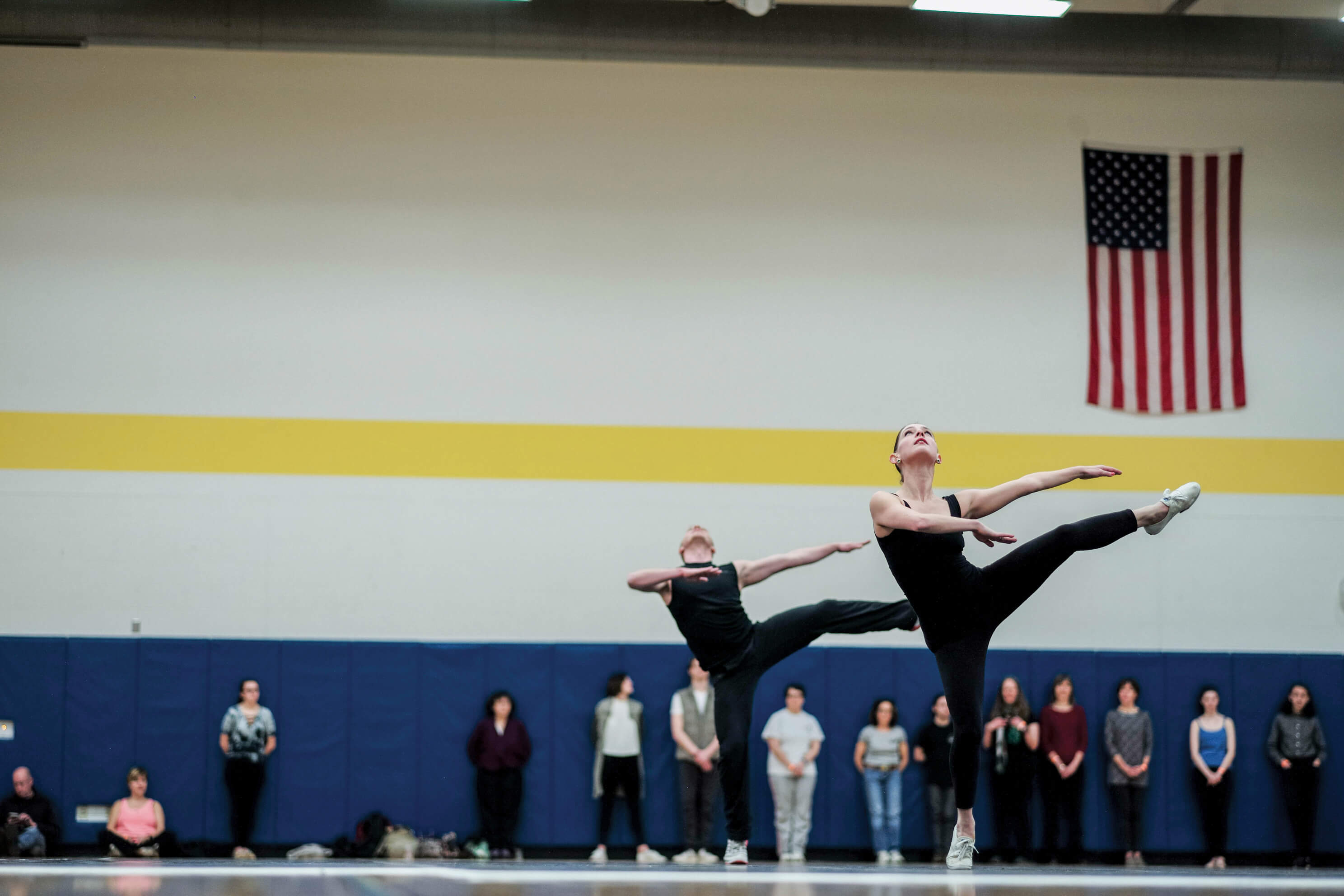Proctors at 90
Chronicling all things Proctors
‘Encore” book captures the essence of the organization in its 90th year
“Encore: Proctors at 90” — distributed by Utica’s North Country Books — is currently available locally at the Gift Centre at Proctors; The Open Door Bookstore & Gift Gallery, Schenectady; Northshire Bookstore, Saratoga Springs; The Book House, Stuyvesant Plaza, Albany; and Market Block Books, Troy. It is also available online at Amazon.com.
In Dec. 2016, Proctors published its first book, “Encore: Proctors at 90″—a comprehensive look at the Schenectady-based performing arts center and its various properties and projects on the cusp of its 90th anniversary.
Edited by the previous Marketing Director of Proctors Collaborative, Jim Murphy, Encore is also, as its flap copy states, “a story of hope, a model for how a broken urban environment can be transformed into a beacon, a locus for downtown activity and an engine for economic development and revitalization. It is the story of a glowing present and an even brighter future for the nation’s main streets.”
A deluxe hardcover photo book, Encore points to the afternoon of Dec. 27, 1926, when young Michael Riccio purchased a 35-cent ticket and took his seat as the first patron of Proctors. But it doesn’t linger there. Instead, it focuses on the Proctors of today—“a remarkable narrative of renewal and rebirth, a tale of a city and a theatre taking turns saving each other.”
To compose Encore, previous Creative Director of Proctors Collaborative, Richard Lovrich assembled over 100 images, culled from thousands of shots taken onstage, backstage, on the road and in the streets, not only at Proctors but also at Capital Repertory Theatre, Universal Preservation Hall, and Marquee Power (the only district energy plant in the country operated by a theatre).
“This is our story,” said Proctors CEO Philip Morris on the book’s release. “This is a snapshot of who we are right now.”
Using the photos as a point of entry, previous Publicist at Proctors Collaborative, Michael Eck, wrote 14 accompanying chapters, each focused on specific aspects of the organization, ranging from its importance as a regional economic engine and hub for the creative economy to its new status as a primary venue for launching Broadway tours.
The goal was to show an institution dedicated to leveraging the region’s creative assets; ensuring the sustainability of its cultural institutions; training the artisans of tomorrow; enhancing the quality of life for all; and guiding the confluence of art, creativity, and technology.
Murphy, Lovrich, and Eck all have extensive backgrounds in journalism. Murphy worked in all phases of the newspaper business, as publisher, editor, writer, and advertising and marketing executive. Lovrich designed Albany’s “Times Union” for a decade; Eck was a freelance arts writer at the paper for almost 30 years.







